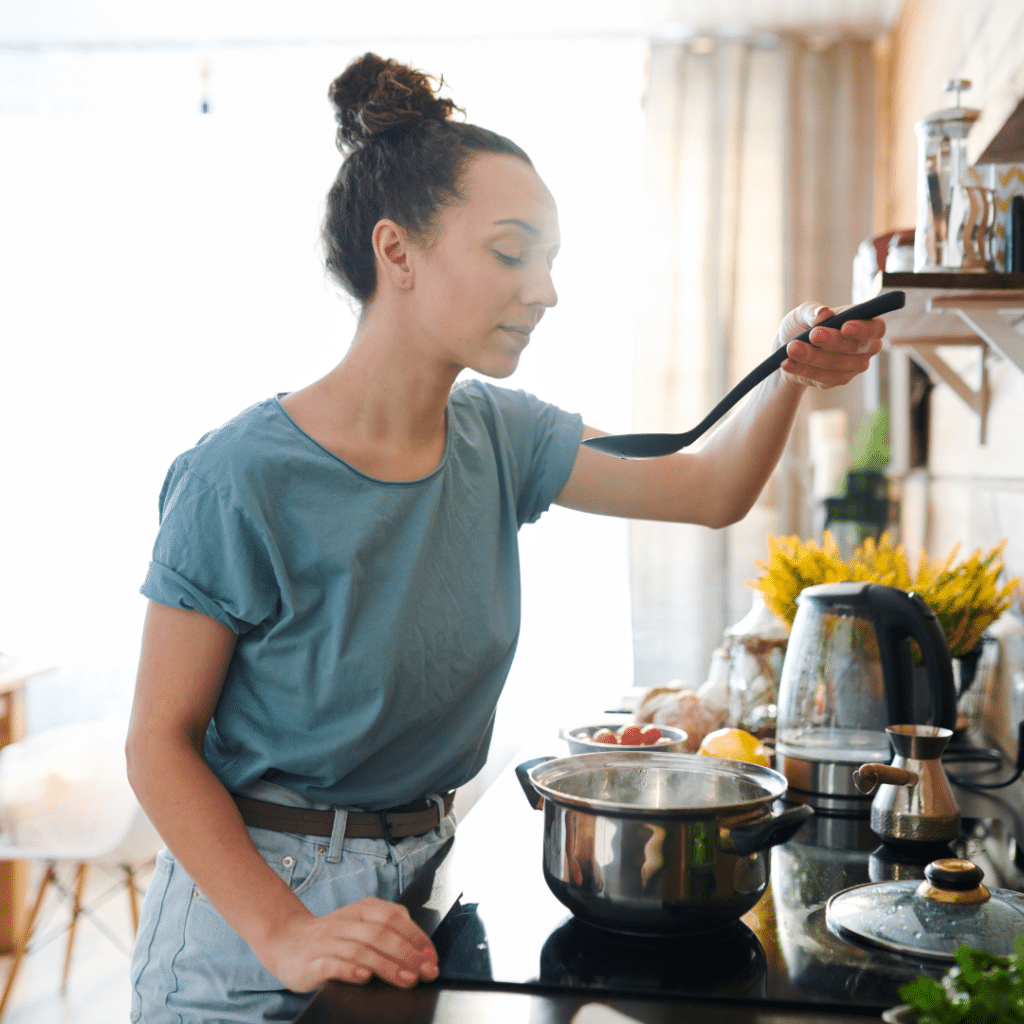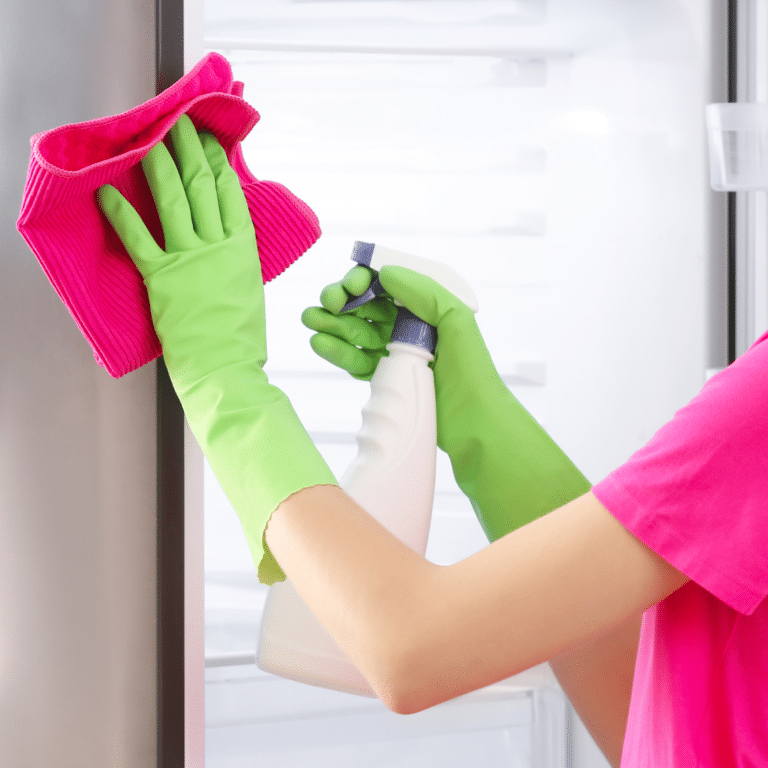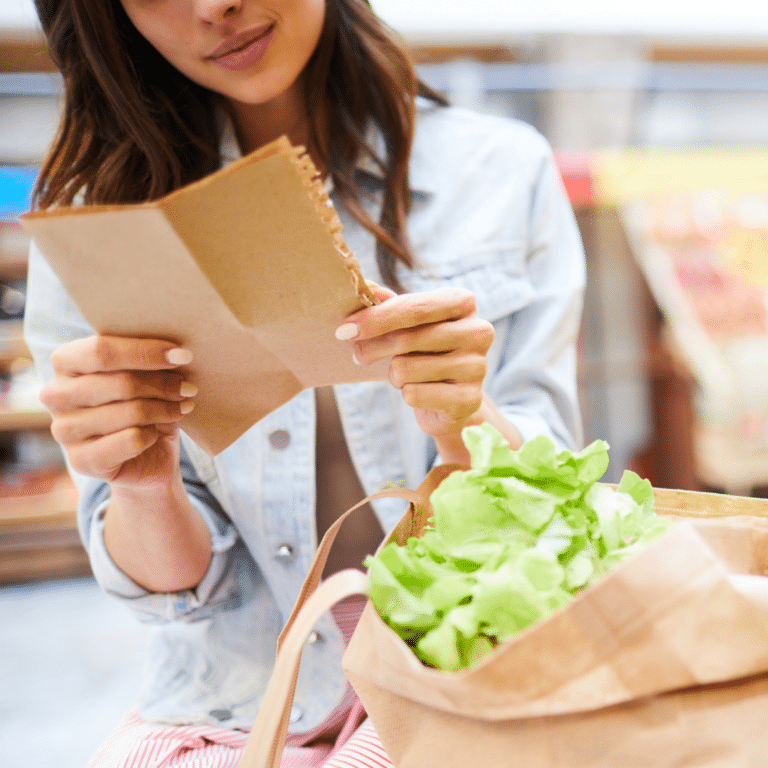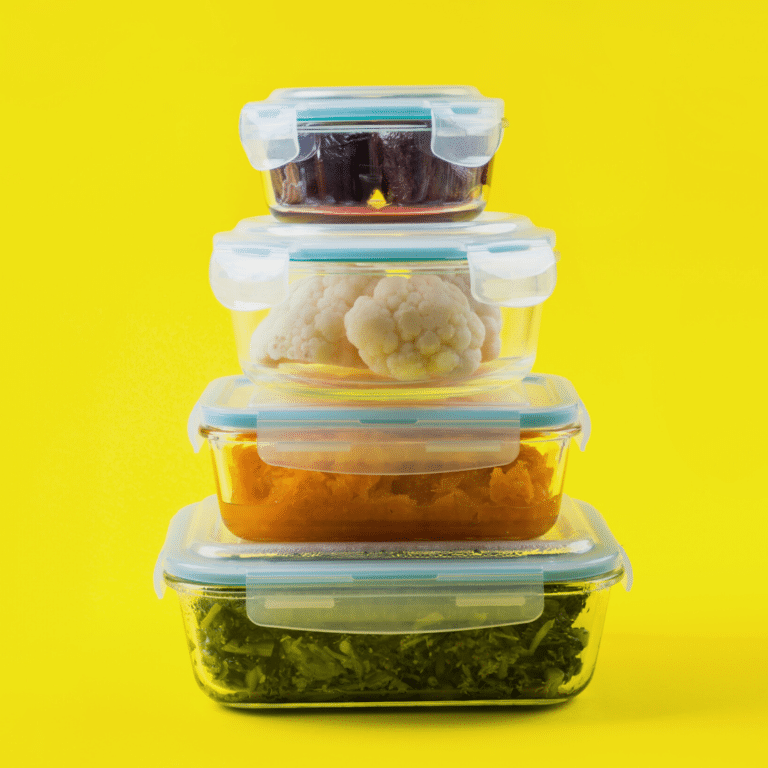Keeping our loved ones healthy is the number one priority for all Aussies, and as a nation, we have a vast variety of food preferences to nourish ourselves and our family and friends. But despite being a nation of foodies, our latest research for the Healthy Home Trends Report has discovered how we prepare our meals at home doesn’t always translate to healthy habits.
Hygiene in the kitchen is vital, but are we doing it properly? Your food prep habits could be letting you down. We’re here to help with a few must-do practices everyone needs to remember in the kitchen.
Don’t go into the kitchen dirty.
Most people remember to wash their hands, particularly post-pandemic, but it’s more than that, even at home. If you’ve been gardening or playing sport, be aware that the dirt on your clothing or shoes can easily transfer to surfaces or foods.
Food shop carefully.
Shopping is another huge issue, especially with regard to food longevity. Keep in mind that ‘Use By’ and ‘Best Before’ dates are set with the assumption that people look after the ingredients once they purchase them. If you shop, don’t head off for lunch with friends and leave the cheese and gyoza in the car. You’ll need to reverse that order of events or invest in a really good chiller bag and bring an ice brick. The same goes for when the kids leave the milk on the bench for 3 hours. Once it’s warm, it should be consumed that day or not at all.
Did you know more than half (54%) of Australians admit they don’t always wash their fresh produce after bringing it home from the grocery store? While one in five say they do it frequently or occasionally, another 7%, the equivalent of 1.4 million people, say they never do this. *1 Considering fresh produce can carry dirt and bacteria, it’s important to remember to wash it well before use.
Separate food types.
Raw and cooked cannot hang out together. While it’s true that cooked food is unlikely to put raw ingredients in too much danger, I think we can all appreciate the foolishness of chopping salad ingredients on the same unwashed board used to prep chicken.
Surprisingly our research found that 60% of Australians use the same knife for chopping meat and vegetables when preparing a meal, with one-third, or the equivalent of 5.5 million people, always or frequently doing this. Despite one in two Australians admitting they’re increasingly more conscious of bacteria in their homes, that cautiousness doesn’t always translate to safe and proper food storage and handling. And no, simply wiping the board or knife doesn’t help. It must be washed or, even better, sanitised.
Thaw in the fridge.
Among Australians who freeze and defrost food for meal preparation, a mammoth 82% are thawing their frozen foods and meat incorrectly on the countertop instead of the fridge, which experts say can be a “danger zone”.
Keep cool.
Finally, what about food safety once food has been cooked. This is an area of food safety that most people, even many chefs, don’t really understand. So, here’s the basics – bacteria (including the harmful ones) grow in warm and wet places, especially if there’s a food source like protein or carbohydrates.
Potentially hazardous food like egg or meat dishes must be cooled quickly so harmful microorganisms don’t get a chance to grow to unsafe levels. Warm food should be left to cool to 21°C within 2 hours and then down to 5oC within the next four hours. *2
As many as 3.3 million Aussies (17%) think warm food doesn’t need to cool before going straight into the refrigerator. We’re currently only cooling cooked food for an average of 36 minutes before refrigerating. Placing warm food into the refrigerator may cause the internal temperature of the fridge to rise and affect other contents.
The essential technique is to go from hot to cold as fast as possible, and by cold, we mean below 4°C because that’s the threshold for bacterial growth. That’s where the Mitsubishi Electric WX Series excels. Among all the many technological advances, they come with a Supercool Freezing Drawer. This multi-purpose programmable drawer can do a range of tasks from supercool freezing to soft-freezing and (what is relevant here) Hot-Freezing. Through some pretty extraordinary engineering, this drawer allows you to take recently cooked food cooled to 80oC and put it directly into a freeze situation. Domestically, this is a game-changer. Not only does it almost guarantee food safety, but it will also significantly extend that food’s shelf life, meaning you can cook larger batches and plan further ahead, saving you time and money.
The WX Series is available in two sizes, 470L and the large family-sized 700L and comes with a range of innovative features. To find out more information, go to the WX SERIES webpage.
*1 Mitsubishi Electric 2021 Healthy Home Trends Report
*2 https://www.foodstandards.gov.au/foodsafety/standards/Pages/Cooling-and-reheating-food.aspx



